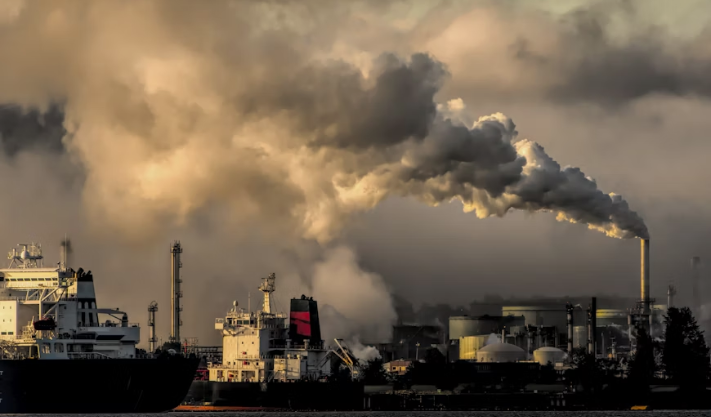UK Energy Market 2025: Transitioning to a Greener Future
As the world confronts the growing threat of climate change, the United Kingdom is taking bold steps toward a cleaner, more sustainable energy future. In 2025, the UK energy market stands at a pivotal point, balancing the challenges of energy security, affordability, and environmental responsibility. With ambitious net-zero targets in sight, the country is accelerating its transition away from fossil fuels and toward renewable and low-carbon energy sources.
A Shift Toward Renewable Energy
One of the most significant developments in the UK energy market is the growing dominance of renewable energy. Wind power—particularly offshore—has become the backbone of the UK’s clean energy supply. In 2025, offshore wind accounts for a substantial portion of electricity generation, supported by ongoing investments in large-scale wind farms along the North Sea.
Solar energy is also playing an increasing role, boosted by improved technology and government incentives for rooftop installations and solar farms. These renewable sources, alongside hydropower and bioenergy, are helping to reduce reliance on natural gas and coal, which are being phased out in line with the country’s decarbonization goals.
Decline of Fossil Fuels
In line with its pledge to achieve net-zero greenhouse gas emissions by 2050, the UK has taken concrete steps to reduce fossil fuel consumption. Coal-fired power plants are nearly extinct in the power generation mix, and new regulations are limiting the expansion of gas-based power.
In 2025, the government is continuing to encourage cleaner alternatives, including hydrogen and carbon capture and storage (CCS) technologies. These are seen as critical to decarbonising sectors that are hard to electrify, such as heavy industry and long-haul transport.
Role of Nuclear and Hydrogen
Nuclear energy remains a key part of the UK’s energy strategy, providing a stable, low-carbon source of electricity. New projects, such as Hinkley Point C, are expected to come online in the coming years, contributing to base-load power and energy security.
At the same time, green hydrogen is gaining traction. Produced using renewable electricity, hydrogen is being trialed in domestic heating, industrial processes, and transportation. The UK government is investing in hydrogen hubs and infrastructure to make this a viable part of the energy ecosystem.
Energy Storage and Smart Grids
With the rise of variable renewables like wind and solar, energy storage has become a top priority. In 2025, battery storage systems are being rapidly deployed to stabilize the grid, improve efficiency, and store excess renewable energy for times of high demand.
Smart grid technology is also being implemented to make the system more flexible and resilient. Consumers are increasingly participating in the energy market through smart meters, demand response programs, and home energy management systems.
Conclusion
The UK’s energy market in 2025 reflects a nation in transition—moving steadily toward a greener, more sustainable future. While challenges remain in balancing cost, reliability, and environmental impact, the progress made so far signals a strong commitment to clean energy. As innovation continues and policy support remains strong, the UK is poised to be a global leader in the green energy revolution.
Published: 15th October 2025
For more article like this please follow our social media Twitter, Linkedin & Instagram
Also Read:
Best Hyaluronic Acid Body Washes for Dry, Sensitive Skin
Energy firms complete UK’s first hydrogen blending trial
UK Economy 2025: Growth Outlook, Inflation & Sector Trends























